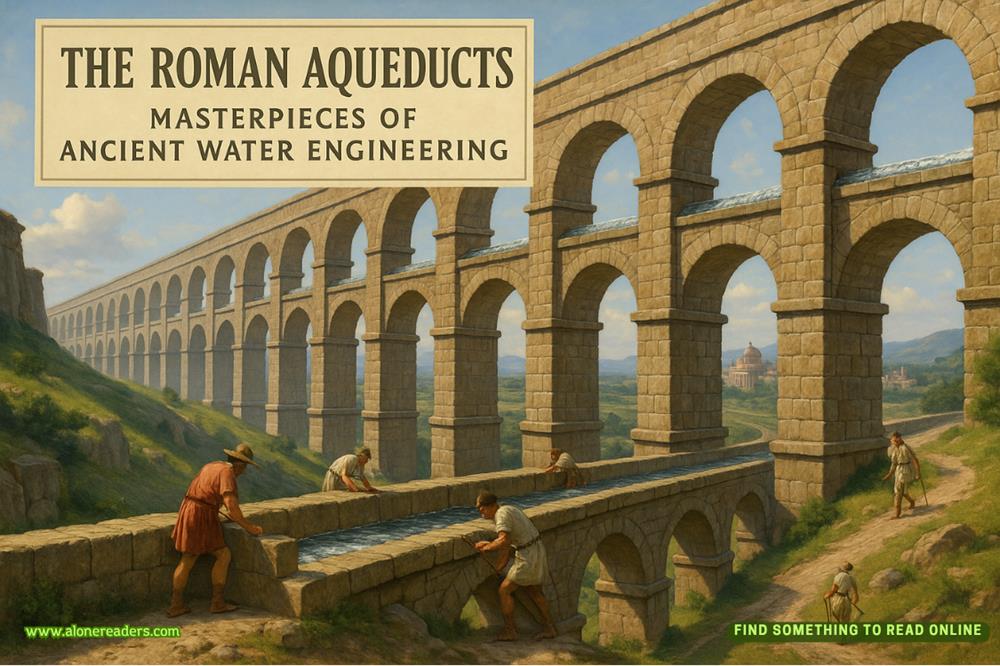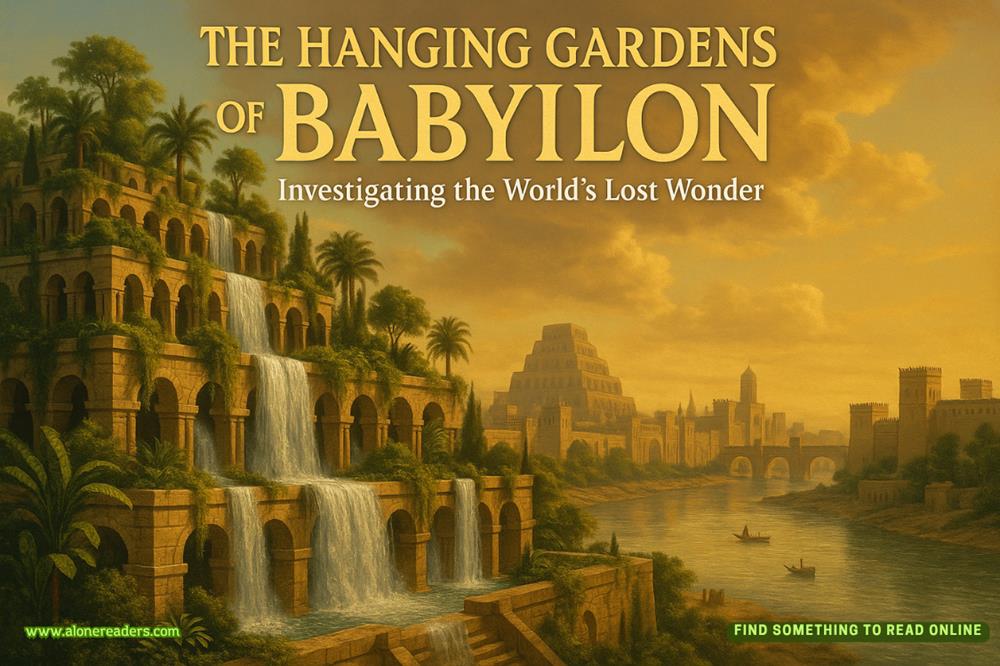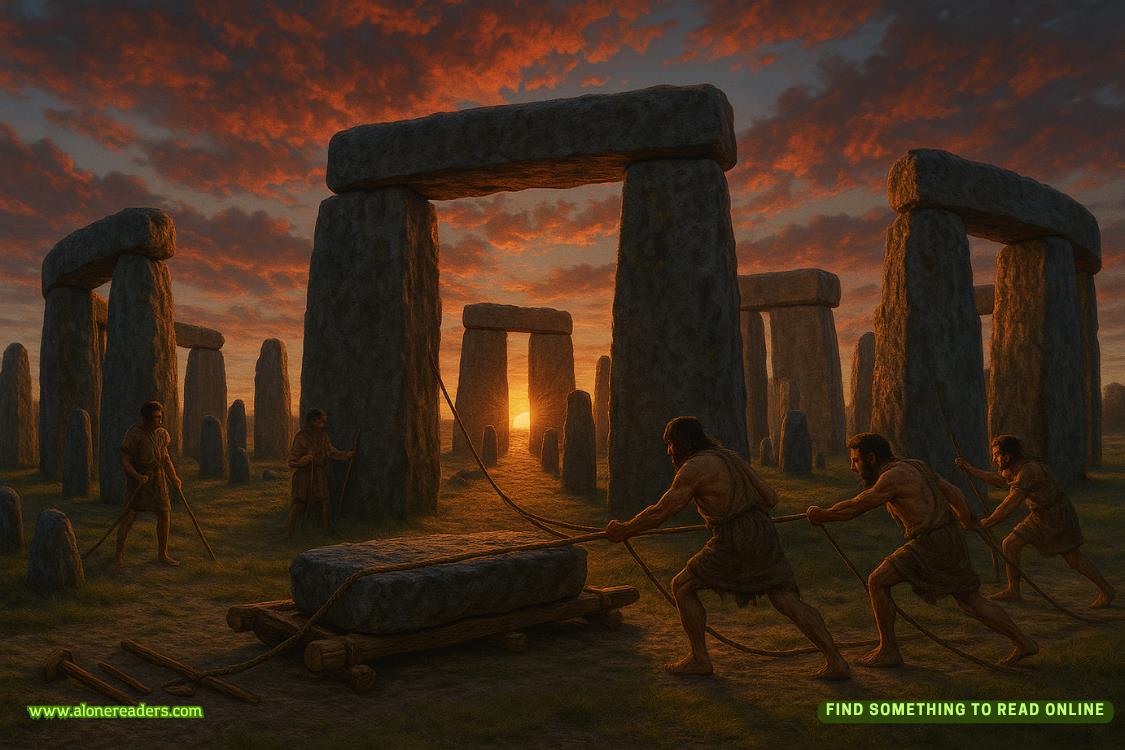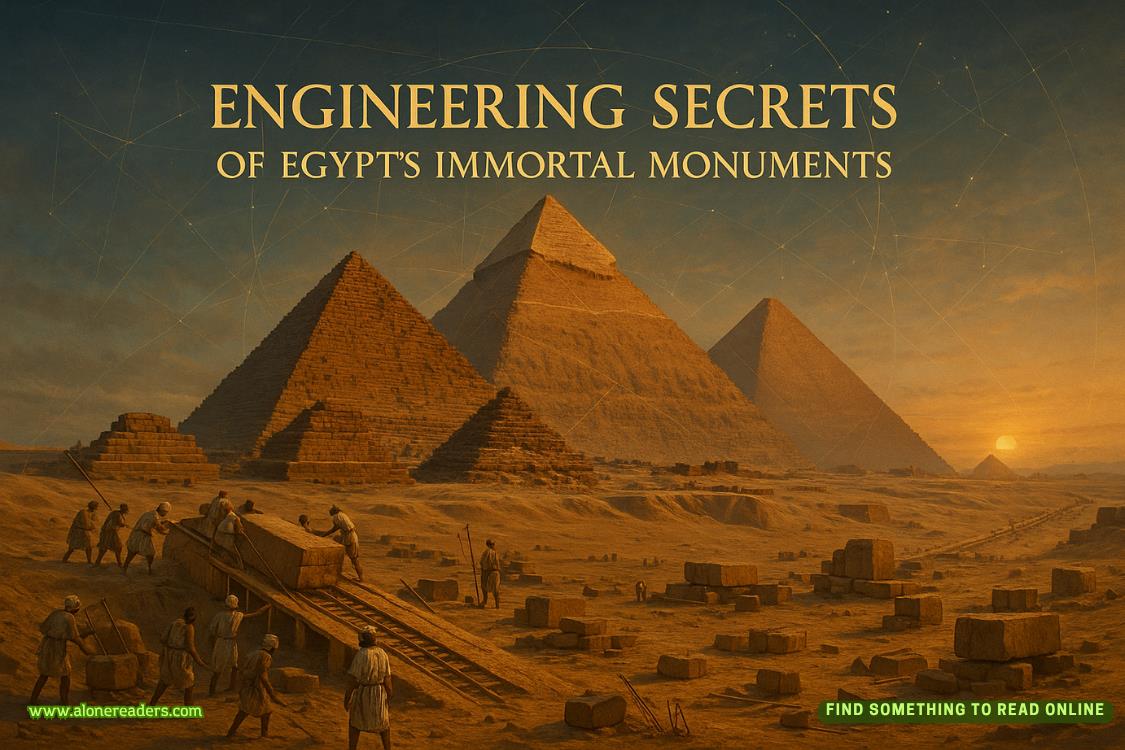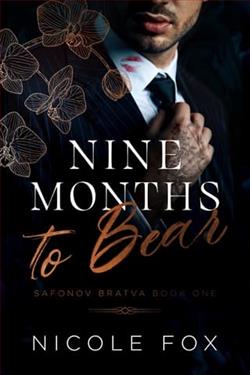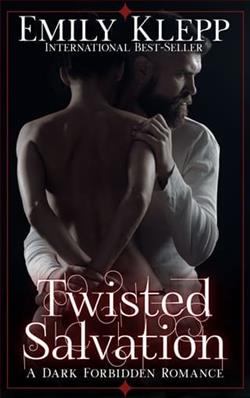Page 55 of Finding Love in the Clouds
“Welcome to Lucerne; I am Johann Schmidt, your tour guide. We are delighted to have you join us,” Johann greeted warmly, leading them towards the waiting bus, where the rest of the group eagerly awaited. Dressed impeccably in a navy blazer adorned with a golden pin of Lucerne’s iconic lion, Johann exuded professionalism and genuine enthusiasm for his role.
“We’ll begin our exploration immediately as our time for this tour is limited, and there’s much to see,” Johann announced as the driver efficiently loaded their luggage onto the bus.
The bus navigated gracefully through Lucerne’s charming streets, its wheels whispering over ancient cobblestones worn smooth by centuries of footsteps. On either side, medieval buildings stood proudly, their facades adorned with colorful frescoes depicting scenes from local folklore and historical battles. Weathered wooden shutters framed windows overlooking bustling market squares and narrow alleys lined with artisan workshops.
“Lucerne’s medieval architecture is a testament to its rich heritage,” Johann’s voice resonated warmly through the bus’s speakers. “With a population of around 82,000, Lucerne serves as the gateway to central Switzerland. Nestled at the foot of the Swiss Alps and straddling the shores of Lake Lucerne, this city has been a crossroads of trade and culture for centuries.”
Their first stop was at Kapellbrücke, the city’s most iconic landmark. Stretching gracefully across the tranquil waters of the Reuss River, its wooden structure exuded timeless elegance.
“The Chapel Bridge,” Johann announced proudly, “is not just a bridge but a symbol of Lucerne’s resilience and artistic spirit. Built in the 14th century, the bridge was originally part of the city’s fortifications, serving as a vital link between its two halves and a defensive gateway offering protection during turbulent times.”
Its distinctive covered walkway, adorned with triangular roof panels, sheltered intricate paintings that adorned its interior. “These paintings,” Johann explained, “were added in the 17th century to depict scenes from Lucerne’s history and the lives of its patron saints. They offer a glimpse into the daily life and triumphs of our ancestors.”
As the group crossed Kapellbrücke, the bus turned towards Weinmarkt Square. “This square,” Johann gestured towards the gabled houses and bustling cafes, “was once the epicenter of Lucerne’s commerce and community life. Merchants from across Europe convergedhere to trade goods, while locals gathered for festivals and celebrations.”
The square was lined with a row of impeccably preserved gabled houses, each a testament to Lucerne’s rich history and architectural prowess.
The houses stood proudly with their steeply pitched roofs, adorned with intricately carved wooden beams that created a striking contrast against the sky. Some roofs were adorned with dormer windows, their shutters painted in hues of deep red, forest green, and ochre yellow, adding a lively touch to the facade. Flower boxes adorned with vibrant blooms spilled over the windowsills, adding a touch of natural beauty to the architectural ensemble.
The facades of the houses were painted in earthy tones of cream, beige, and soft pastels, complementing the colorful frescoes that adorned many of them. These frescoes depicted scenes from Lucerne’s folklore and history, painted in vibrant blues, greens, and reds that had weathered gracefully over the centuries.
As they strolled along the cobblestone streets of Weinmarkt Square, the group could peer into the ground-floor windows of the houses, glimpsing charming boutiques and cafes nestled within. Each shop window displayed local handicrafts, from intricately woven textiles to delicate wood carvings, showcasing Lucerne’s artisanal traditions.
At the heart of the square, a central fountain sparkled in the sunlight, its stone basin surrounded by statues of mythical creatures and figures from Swiss mythology. The sound of bubbling water added a soothing melody to the bustling square, where locals and tourists alike gathered to enjoy the ambiance and explore the treasures of Lucerne.
Emerging from Weinmarkt Square, Fernando and Sophie followed Johann along a shaded path winding away from the bustling city. Sunlight filtered through ancient trees, dappling the ground with lightand shadow as they walked, the air scented with flowers and the distant murmur of the Reuss River.
“We’ll now make our way to one of Lucerne’s most poignant landmarks,” Johann said with a quiet reverence. “Follow me to the Lion Monument.”
The path led them through a serene landscape, where wildflowers brushed against their ankles, and occasional benches beckoned for moments of quiet reflection. The terrain varied from smooth cobblestones near the square to a gently sloping dirt path that crunched softly underfoot. Alongside them, a clear stream murmured its own melody, adding a soothing backdrop to their journey.
As they walked, Sophie stole a glance at Fernando, trying to gauge his emotions as he took in their surroundings. She felt a sense of peace settling over her, the beauty of Lucerne lifting the burden from her heart.
“I needed this,” she whispered, squeezing the fingers that held hers.
Looking over at her with a soft smile, Fernando nodded his head in agreement. “It’s amazing how God uses nature to soothe our battered hearts and calm our swirling emotions. I’m definitely putting in a garden at the house. Maybe Javi can learn how to tend it alongside me and will be less inclined to run through it. I haven’t met him yet, but I have a feeling any child of yours will be able to learn respect for nature and the property he’s blessed with.”
“You’re right. If you install a garden, Javier and his friends will learn to respect it.”
Soon, the sound of trickling water grew louder—a gentle stream flowed beside the path, leading them toward the Lion Monument. Johann’s pace slowed as they rounded a final bend, revealing the monument nestled against a natural backdrop of moss-covered rocks and towering trees.
“There it is.” Johann’s voice softened, his gaze fixed on the solemn figure carved into the weathered sandstone cliff. “The Lion Monument—a timeless testimony to bravery and sacrifice, serves as a poignant tribute to fallen soldiers, specifically the Swiss Guards who lost their lives defending the Tuileries Palace during the French Revolution in 1792. It was created by Danish sculptor Bertel Thorvaldsen and Swiss architect Lukas Ahorn in the early 19th century. The lion is pierced by a spear and lies dying atop a shield bearing the Swiss coat of arms, representing the Swiss Guards who were massacred while protecting the royal family during the revolution.”
They listened intently as Johann explained the monument’s profound significance, noticing the lion’s expression of anguish and strength spoke volumes about the Swiss Guards who had defended the Tuileries Palace during the French Revolution, their valor forever etched into Lucerne’s collective memory.
“The monument symbolizes bravery, sacrifice, and loyalty unto death. It has become a powerful symbol not only of the Swiss Guards’ courage and fidelity but also of Switzerland’s commitment to neutrality and humanitarianism. The Lion Monument draws visitors from around the world who come to pay respects and reflect on the cost of freedom and the human toll of conflict. This pin,” he said, touching the golden lion pinned to his lapel, “is worn by many in Lucerne as a symbol of our city’s spirit—a reminder of the sacrifices made to uphold our values of bravery, loyalty, and freedom.”
Making their way back down the path, Fernando and Sophie exchanged somber glances, moved by the monument’s solemn beauty and the profound sacrifices it honored. Sophie couldn’t help but draw similarities from this historical event to her current situation. As they walked, she prayed fervently that there would be no loss of life in theefforts to protect her family from the mess her rebellious actions had created when she was too young to understand the consequences.
Fernando sensed her heightened emotions and pulled her close to his side. She turned and buried her face in his chest and cried. He pulled her down onto one of the benches and held her while her emotions released through her tears. Johann must have been informed as he came scurrying back to check on them. Fernando sent him a thumbs-up sign as he continued to stroke Sophie’s back. Johann gave a sympathetic smile, not understanding the situation, and signaled they would wait for five minutes at the head of the trail. Then he and the rest of the group left them in privacy.
Sophie didn’t need long. Soon, she was wiping her tears on a tissue retrieved from her shoulder bag, and they were walking swiftly to catch up.
“Want to share,” Fernando asked. “I will never mind holding you while you cry. You don’t need to wait for me to notice and pull you close. My chest is always available whenever you need it, but if you explain, it may lift some of the burden.”
“I don’t want to get us in trouble. Let’s just say I drew some similarities and pray that our current situation does not lead to anything similar. It has been a very long day. I couldn’t hold the emotions in anymore. No more talking, crying, worrying. Just a lot more praying. That’s where my head is right now,” she confessed with a determined smile that didn’t reach her eyes.
Pulling her close once again, Fernando said, “I can agree with that. Less worry, more prayer. Sounds good to me.”
